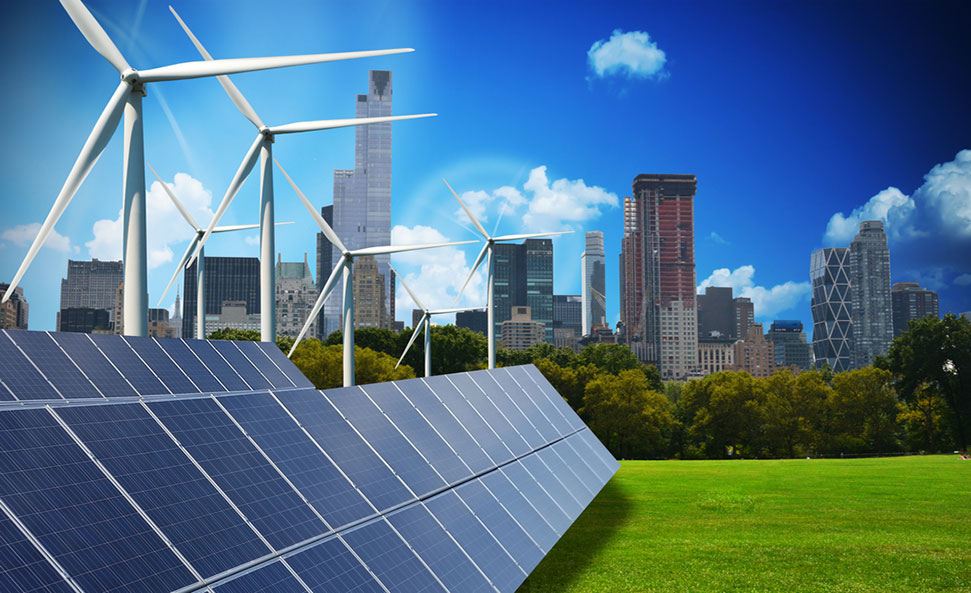
When it comes to harnessing renewable energy, the United States still has a long way to go. The Center for Sustainable Systems of the University of Michigan revealed that only 11% of the country uses power from renewable sources. More than 80% is still from fossil fuels. However, the projections suggest that the demand will significantly increase until 2050.
The use of renewable power also varies between states. Here’s how it is in Utah:
1. Utah Goes Solar
The Beehive State is busy with solar installation in Salt Lake City and other key areas. According to the US Energy Information Administration (EIA), about 66% of the net electricity generation of the state still came from coal. But this number was already over 80% lower than the previous year.
Much of the new power generation is now through renewable. In 2018, it generated 11% of the electricity used by utilities. Of the different types, though, the most popular is solar. It made more than 50% of the state’s power needs from renewables. Its generation in 2018 was also over 25 times higher than in 2015. In 2019, the state placed among the top 15 in terms of solar-generating capacity.
2. The State Wants To Be More Sustainable
Utah is one of the states that seem to be committed to transitioning to using renewable energy. In 2001, the state launched its clean energy initiative, which will focus on three primary objects. These are to stop energy waste, create clean energy, and build a future that uses smart energy.
The state hopes to accomplish this by investing in the right technology and making renewable energy both accessible and affordable for everyone.
One of the long-term plans is to generate clean energy for municipal services and the community by 2022. By 2030, the state should already run on 100% renewable power. It will also spend at least $200 billion within the next two decades on such kinds of energy resources.
Meanwhile, besides solar power, Utah is investing in other types of renewables. Hydropower, for example, was the second-biggest source of energy in the state in 2018. It accounted for over 20% of the generation. Geothermal energy is also another. It provided at least 10% of the power in the same year. Wind energy ranked third at an 18% share.
3. More Communities Are Participating
Policies or legislations only account for half of the success of the transition toward clean energy. The other is the support of the community. Fortunately, Utah has it. At least 24 counties and cities already committed to using renewable energy by 2030.

The University of Utah also struck a deal with a geothermal plant to increase its use of renewables up to 50%. It will also bolster the amount of power it generates up to over 150 million kilowatt-hours annually. The university has already installed solar panels, which can create at least a million kilowatt-hours a year.
Utah provides many types of incentives, which help encourage both the private and public sectors to invest in renewables. In 2020, a solar installation in Salt Lake City may entitle a homeowner a credit in their income taxes the following year. They may claim 25% of the costs of the installation and equipment. This is besides the 30% tax credit for solar by the federal government.
Utah still faces a long road ahead before it can fully transition to clean energy. It may also hit some speed bumps along the way. However, as long as it sets its eyes on its objectives, it will eventually get there.
